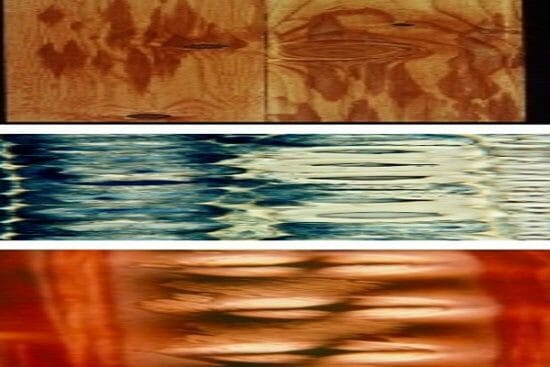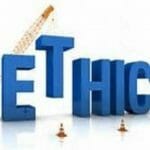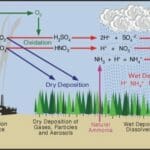- Course No E – 1839
- PDH Units: 1
No data found for Custom Course Number
No data found for Custom Course Units
- Course No E – 1839
- PDH Units: 1
Intended Audience: Civil Engineers.
PDH UNITS: 1
Under proper conditions, wood will provide centuries of service. However, under conditions that permit the development of wood-degrading organisms, wood must be protected. The organisms that can degrade wood are principally fungi, insects, bacteria, and marine borers. Molds, most sapwood stains, and decay are caused by fungi, which are microscopic, thread-like microorganisms that feed on organic material. Chemical stains, although they are not caused by organisms, are mentioned in this course, since they resemble the stains caused by fungi. Insects also may damage wood and must be taken into consideration when applying protective measures. Termites are the major insect enemy of wood, but on a national scale, they are a less serious threat than fungi. Wood biodeterioration has been studied extensively. The student will be introduced to the highlights of some of those studies along with some of most well know and widely practiced preventative measures.
Learning Objectives:
At the successful conclusion of this webinar, you will learn the following knowledge and skills:- Fungus Damage and Control
- Molds and Fungal Stains
- Chemical Stains
- Decay
- Prevention of Mold, Stain, and Decay
- Bacteria
- Insect Damage and Control
- Beetles, Termites, Carpenter Ants and Bees
- Marine Borer Damage and Control
- Shipworms
- Pholads
- Limnoria and Sphaeroma
- Protection from Marine Borers
Once completed, your order and certificate of completion will be available in your profile when you’re logged in to the site.










